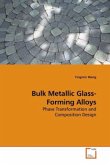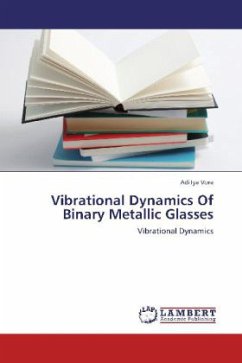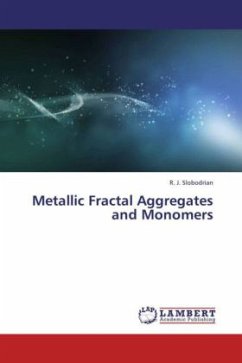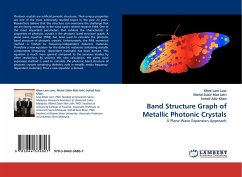Metallic hydrogen results when hydrogen is sufficiently compressed and undergoes a phase change; it is an example of degenerate matter. Solid metallic hydrogen consists of a crystal lattice of atomic nuclei (namely, protons), with a spacing which is significantly smaller than a Bohr radius. Indeed, the spacing is more comparable with an electron wavelength (see De Broglie wavelength). The electrons are unbound and behave like the conduction electrons in a metal. As is the dihydrogen molecule H2, metallic hydrogen is an allotrope. In liquid metallic hydrogen protons do not have lattice ordering, that system is a liquid of protons and electrons.
Bitte wählen Sie Ihr Anliegen aus.
Rechnungen
Retourenschein anfordern
Bestellstatus
Storno

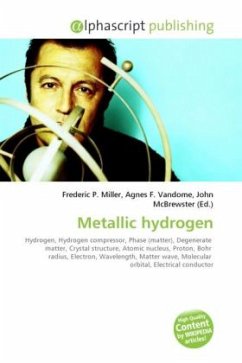

![Sr2CrMO6 [M = Mo, W and Re] superior half-metallic magnetic materials Sr2CrMO6 [M = Mo, W and Re] superior half-metallic magnetic materials](https://bilder.buecher.de/produkte/48/48083/48083840n.jpg)
